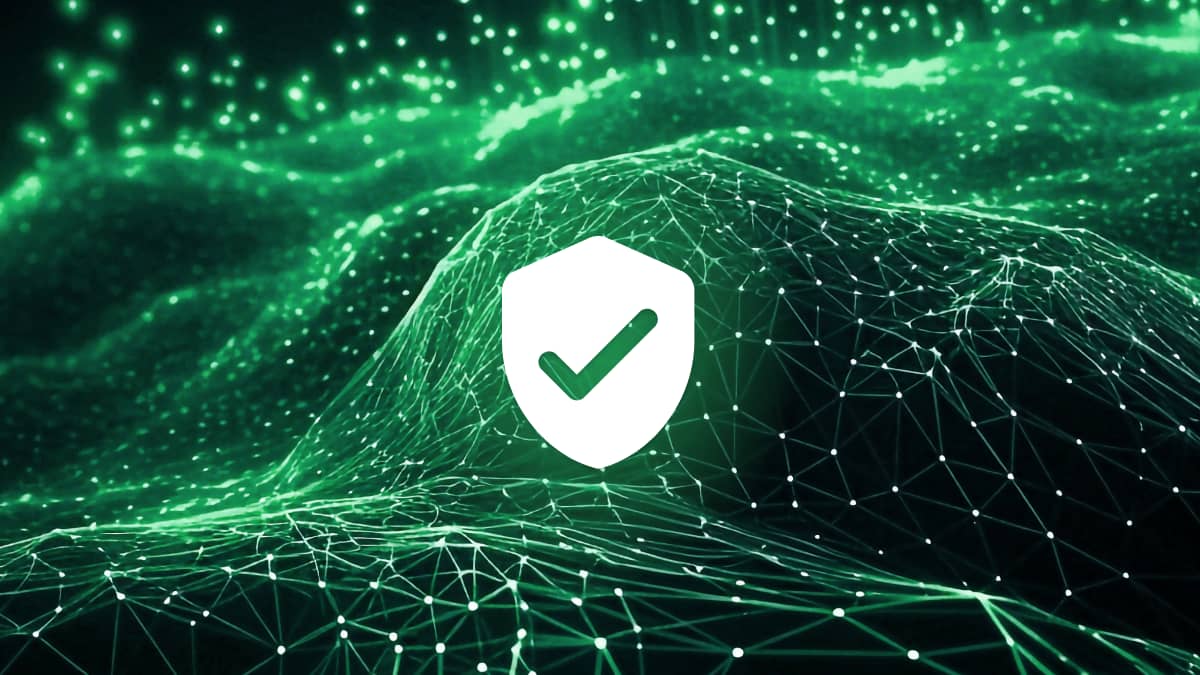All great business leaders are adept at managing and mitigating risks. In the middle of an economic downturn, for example, you probably wouldn’t start increasing your overheads. Or, if you opened an office in an area with high-crime rates, you’d ensure to install CCTV cameras and other physical security measures at all entry points.
And yet, when it comes to security in the digital realm, risk management seems to go a little awry. Research shows that 8 in 10 companies currently have sensitive data exposed in SaaS apps like Microsoft 365, Google Workspace, Box, and Zendesk.
Perhaps your organization doesn’t realize that data is vulnerable in SaaS apps, or you don’t understand the significance of this cybersecurity risk. Either way, you need to fix the problem fast. Otherwise, you’ll end up embroiled in a data breach—and all the financial repercussions that come with it.
SaaS security: the common mistakes
Your cloud apps are a huge attack surface for malicious actors. No matter where a cybercriminal is in the world, they could potentially break into your cloud infrastructure and steal your sensitive data.
Not only that, there’s also the risk of your employees accidentally exposing or leaking your sensitive data onto the internet. Even if hackers don’t find this data, any unintentional exposure is an immediate compliance violation under laws like HIPAA, GDPR and the CCPA.
Below, we’ll look at the most common security mistakes organizations make, which increase SaaS data exposure risk.
Enterprise-wide access
One of the major benefits of the cloud is the ability for employees to access corporate resources from any location and on any device as long as they have the right login details. However, some organizations take anywhere-anytime access too far. They allow their people to access any and all corporate data, giving them the permissions to create, alter and delete critical information.
This is risky in two ways. Firstly, employees may unintentionally destroy or leak mission-critical data. Then, there’s the risk of an attacker breaking into an employee cloud account. If they manage this, they’d be able to steal anything and everything!
Another big risk relating to enterprise-wide access comes with employees who are either offboarding or have resigned. While you might assume these accounts are no longer active, you can’t take any chances. If you don’t proactively decommission ex-employee accounts, someone could still login and explore your corporate resources for valuable data.
Permissions overload
Maybe you’ve got some form of access controls in place. Even so, your IT team probably struggles to manage all the different unique permissions out there. Each SaaS app comes with its own unique configuration settings. If your company uses multiple apps – which most do—your IT team faces the overwhelming task of trying to secure cloud data, set the right access permissions and ensure employee productivity in a constantly changing environment.
Insider collaboration gone wild
Slack, Google Workspace and Microsoft Teams make it easier than ever for employees to share documents. While the collaborative nature of these apps is great for productivity, it’s not so good for data security.
It’s almost too easy for employees to share links and files. If your people aren’t careful, they may accidentally share sensitive documents with the wrong people, which puts your whole compliance posture at risk.
As always, too, there’s the risk of compromised accounts. If sensitive information is shared too liberally, then a hacker has a higher chance of breaking into an employee cloud account and stumbling upon lucrative data—without having to do too much heavy lifting to find it.
Misconfiguration mayhem
A step beyond oversharing links and files is the risk of employees inadvertently configuring your cloud files so that they’re accessible to the public. When this happens, your company data is totally exposed to the public internet, meaning anyone can find it if they want to.
This issue is what’s known as a cloud misconfiguration. It’s surprisingly common. Research shows that misconfigurations are the number one cause of cloud data breaches.
Neglecting multi-factor authentication
Multi-factor authentication (MFA) is a security mechanism that mandates employees verify themselves in at least two ways before logging into an app—such as a password and a code sent to their cell phone. MFA is a simple but brilliant way to improve cloud security. In fact, the director of the Cybersecurity and Infrastructure Security Agency (CISA) has shared that MFA improves security by 99%.
And yet, many organizations still don’t use MFA, leaving them extremely vulnerable to account takeover attacks.
It’s worth noting that MFA isn’t the be all and end all of security. As the recent Twilio and Uber data breaches show, hackers can still find ways to bypass MFA if they are shrewd enough.
How to protect sensitive data in the cloud
With so many potential vectors for data leakage and data theft, organizations can’t afford to be relaxed about SaaS security risks.
The cloud is now the biggest target for malicious actors. You need to put the right procedures and solutions in place to block them from accessing your sensitive data. Here’s how to do it:
Get to know expected user behavior patterns
Logging-in from an unusual location or in the middle of the night are some of the tell-tale signs of account compromise. You can use user behavior analytics tools to create a baseline understanding of expected account usage patterns. These solutions will then alert you to anomalies that could indicate hacker intrusion.
Embrace zero-trust
Zero-trust centers around two ideas. Firstly, employees should only be able to access the data they need for their jobs—and nothing more. Secondly, every person should be considered a potential hostile entity until they verify themselves. Not just with a password either! You must enable MFA.
Check configurations regularly
A single misconfiguration can result in a multi-million dollar breach. So, it’s crucial to audit configuration settings regularly across your SaaS apps.
Take offboarding seriously
Remember the risk of inactive employee accounts being used for nefarious purposes? That’s why it’s so important to decommission all inactive accounts, and put in place a digital offboarding process for employees that have handed in their resignation.
Take a data-centric approach
It’s unwise to take a ‘castle and moat’ approach to cloud security because, if a hacker manages to break into the cloud, they could then access all your data. Instead, you should protect data at the source with solutions like cloud data loss prevention (DLP).
Polymer DLP, for example, uses a self-learning engine to autonomously discover and secure sensitive information across SaaS apps. The solution ensures that only verified, authorized users access your data, and prevents employees from using data incorrectly or illegally.
Is your cloud data vulnerable?
Try a complimentary risk scan to discover how much data is exposed across your SaaS apps.










